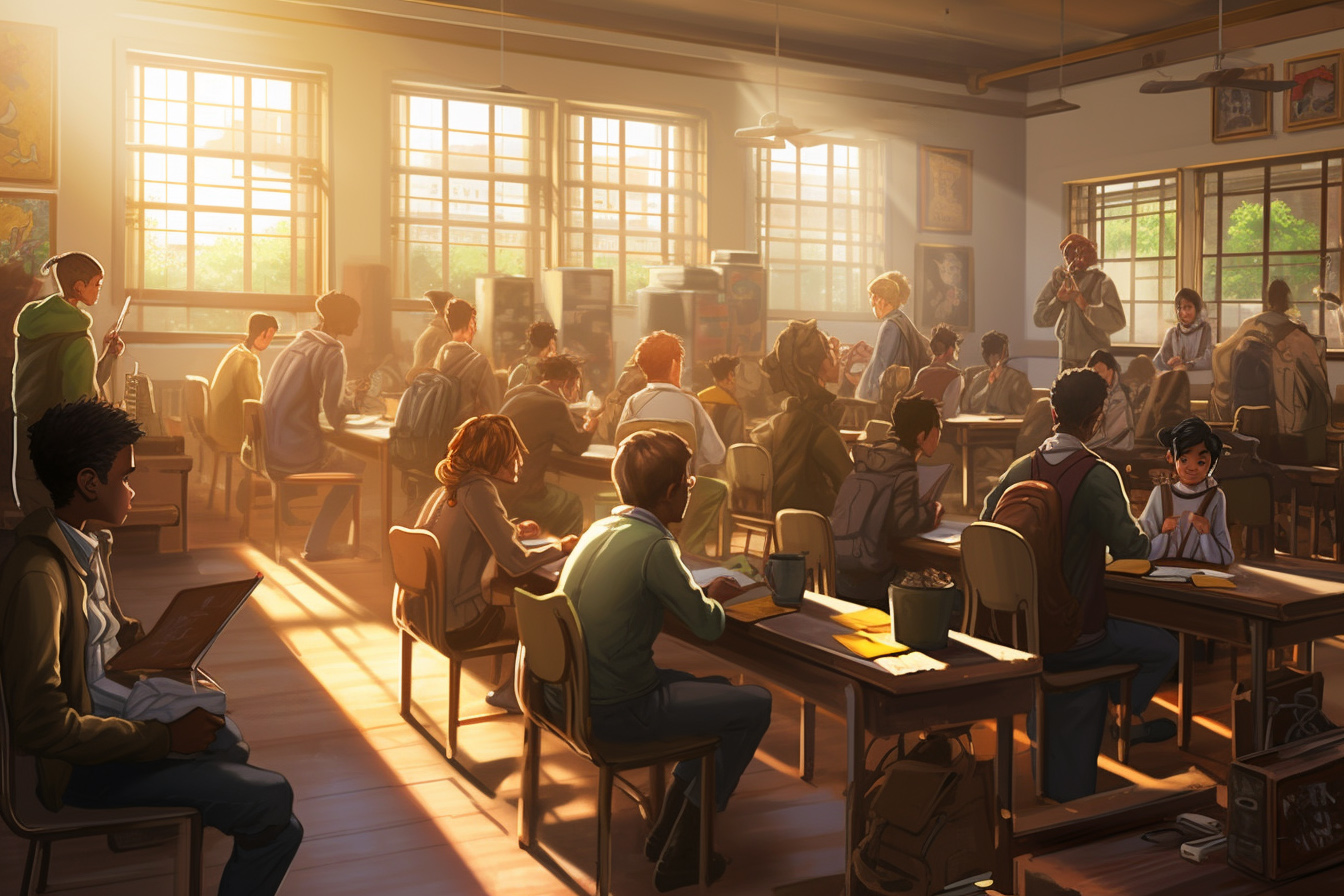Problem-Based Learning (PBL) stands as a dynamic, student-centered approach that uses real-world problems as a context for students to learn critical thinking and problem-solving skills. This innovative pedagogical strategy turns traditional teaching and learning upside down by placing students in the driver’s seat of their education. This article delves into the history, principles, process, benefits, applications, challenges, and future trends of PBL.
The History of Problem-Based Learning
PBL traces its roots back to the mid-1960s at McMaster University in Canada. Medical educators felt dissatisfied with traditional teaching methods and sought a more effective way to equip students with the skills to solve complex medical problems. Thus, PBL was born. Over the years, this approach has spread across disciplines and educational levels, demonstrating its versatility and effectiveness.
- McMaster University’s medical program in the 1960s: Dissatisfied with traditional teaching methods, educators developed PBL to better prepare students for real-world medical practice.
- Spread of PBL: Over the years, PBL has been adopted in various disciplines, such as engineering, business, and social sciences, demonstrating its versatility.
The Principles of Problem-Based Learning
PBL operates on several fundamental principles. First, learning is driven by challenging, open-ended problems. Students encounter these problems before they possess all the knowledge needed to solve them, which motivates them to acquire new knowledge. Second, PBL is student-centered. Students take responsibility for their learning, deciding what they need to learn and how they will learn it. Lastly, PBL is collaborative. Students work in small groups and learn from each other through discussion and collaboration.
- Real-world problems: In a biology class, students might be presented with the problem of declining bee populations and their impact on ecosystems.
- Student-centered learning: In a history class, students might explore the causes and effects of a particular war.
- Collaboration: In a business class, students might work together to develop a business plan for a startup.
The Process of Problem-Based Learning
The PBL process begins with the introduction of an ill-structured problem. Working in small groups, students discuss the problem and identify what they already know and need to learn. They then engage in self-directed learning, researching, and gathering information. Afterward, they reconvene, share their findings, and work together to apply their new knowledge to the problem. The role of the teacher in this process is not to impart knowledge but to facilitate learning, guide the process, and provide appropriate feedback.
- Introduction of a problem: In a geography class, students might be presented with the issue of urban sprawl in a particular city.
- Self-directed learning: Students research the causes and effects of urban sprawl and potential solutions.
- Application of knowledge: Students propose strategies to manage urban sprawl, drawing on their research findings.
The Benefits of Problem-Based Learning
PBL offers numerous benefits. It fosters deep learning as students engage with and apply knowledge rather than merely memorize facts. It develops critical thinking and problem-solving skills as students analyze problems, formulate questions, and devise solutions. PBL also enhances self-directed learning skills, preparing students for lifelong learning. Moreover, it increases motivation and engagement as learning becomes dynamic and relevant.
- Deep learning: Students analyze a novel’s themes and symbolism in a literature class rather than merely memorizing plot points.
- Critical thinking: In a science class, students design an experiment to test a hypothesis, requiring them to think critically about the scientific method.
- Lifelong learning: PBL’s emphasis on self-directed learning prepares students for continuous learning beyond the classroom.
Problem-Based Learning in Different Contexts
PBL has found application in diverse educational contexts, from K-12 to higher education and across various disciplines. In science education, for instance, PBL helps students understand scientific concepts and develop scientific thinking skills. In business education, PBL prepares students for the complex problem-solving required in the business world. Numerous case studies attest to the successful implementation of PBL, demonstrating improved student performance and satisfaction.
- Science education: In a chemistry class, PBL might involve solving a real-world problem such as oil spill remediation.
- Business education: In an entrepreneurship class, students might use PBL to develop and pitch a business idea.
- K-12 education: Even young students can benefit from PBL, such as designing a school garden in a primary school.
Challenges and Solutions in Implementing Problem-Based Learning
Despite its benefits, implementing PBL presents challenges. These include the need for significant preparation time, difficulty assessing student learning, and the potential for off-task behavior. However, these challenges can be overcome with careful planning, appropriate assessment strategies, and clear expectations. Training for teachers in PBL methodology can also ensure successful implementation.
- Preparation time: Teachers might need to spend significant time designing suitable problems for PBL.
- Assessment: Traditional tests might not adequately measure the skills developed through PBL, requiring alternative assessment methods.
- Off-task behavior: Clear expectations and guidelines can help keep students focused during PBL activities.
Future Trends in Problem-Based Learning
Looking ahead, PBL continues to evolve. Technological advancements offer new possibilities for problem presentation, information gathering, and collaboration. Virtual and augmented reality, for instance, can provide immersive problem scenarios. Meanwhile, artificial intelligence can offer personalized guidance and feedback. PBL will undoubtedly remain a key player in shaping innovative, practical learning experiences as education evolves.
- Virtual reality: VR could provide immersive problem scenarios, such as exploring a virtual ecosystem in a biology class.
- Artificial intelligence: AI could offer personalized guidance and feedback, enhancing the PBL experience.
- Online collaboration: As digital tools improve, students might collaborate on PBL projects even when physically separated.
Conclusion
In conclusion, Problem-Based Learning represents a powerful, student-centered approach to education. By engaging students in solving real-world problems, PBL imparts knowledge and develops essential skills such as critical thinking, problem-solving, and self-directed learning. While it presents particular challenges, the benefits of PBL far outweigh these, making it a valuable approach in today’s ever-changing educational landscape.

